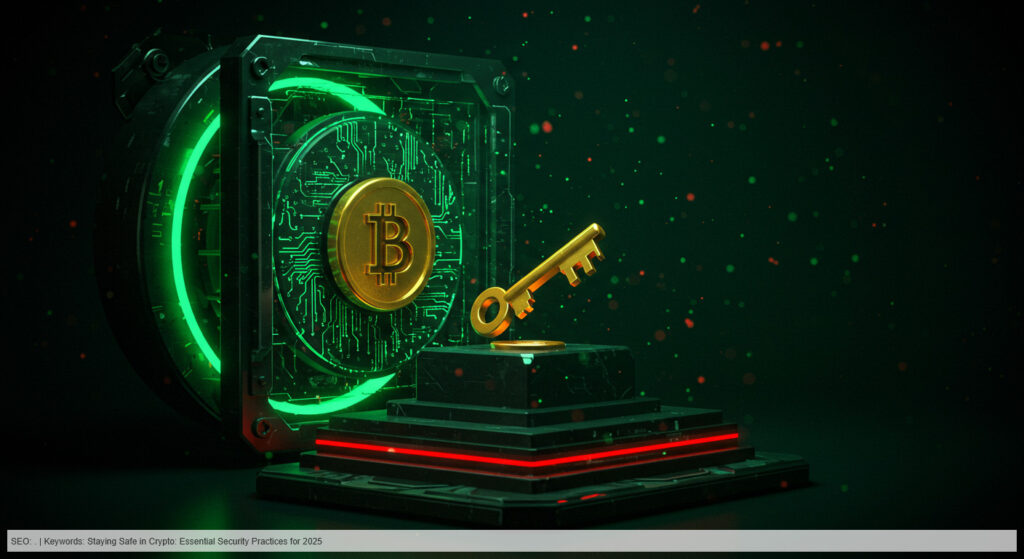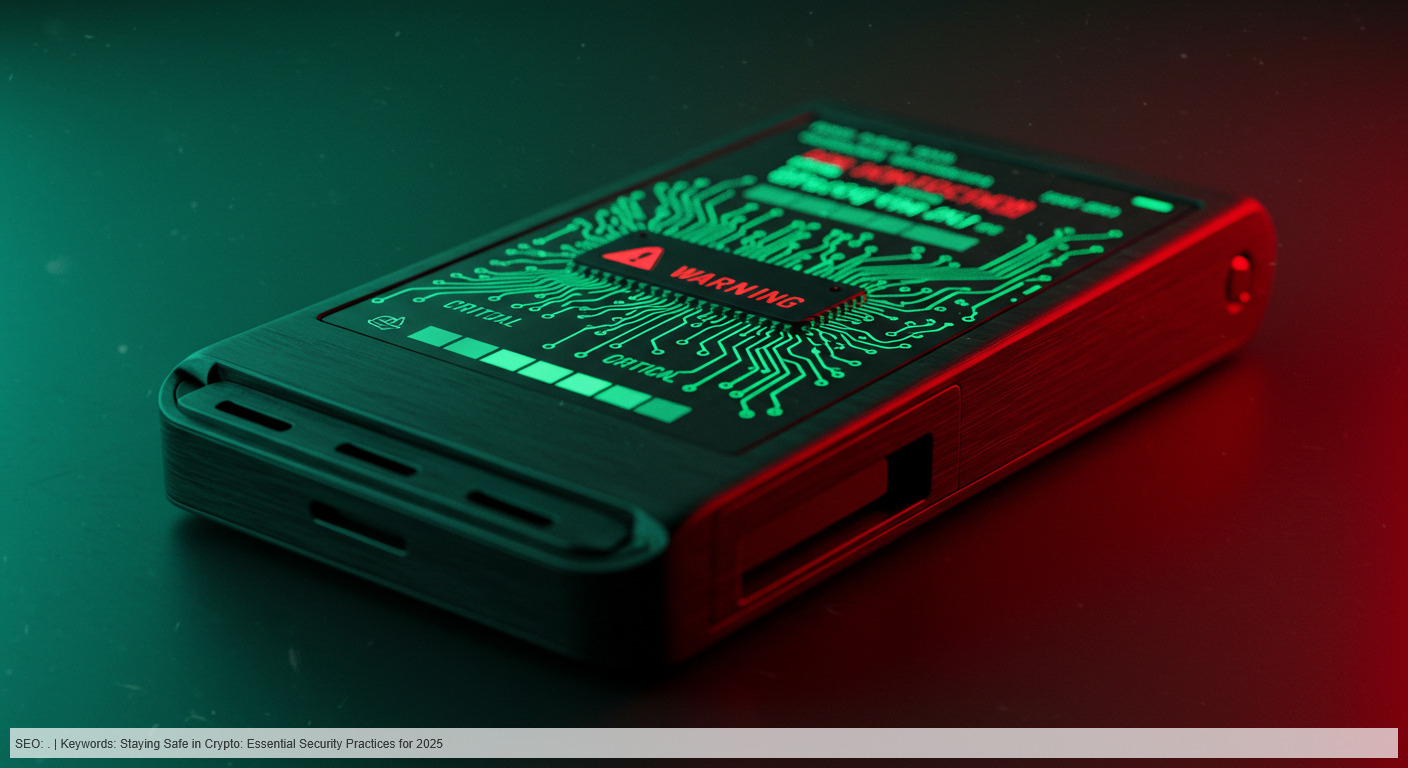In today’s rapidly evolving cryptocurrency landscape, security is paramount. As digital assets become increasingly valuable and sophisticated, so do the threats targeting crypto investors. Whether you’re a seasoned trader or just getting started with your first wallet, implementing robust security practices is essential for protecting your investments. This comprehensive guide covers the fundamental strategies and best practices to help you safeguard your crypto assets.

Understanding the Threat Landscape
The cryptocurrency space faces several unique security challenges:
- Phishing attacks: Sophisticated fake websites, emails, and messages designed to steal your private keys and passwords
- SIM swapping: Attackers taking control of your phone number to bypass two-factor authentication
- Smart contract vulnerabilities: Exploitable code in DeFi protocols and other blockchain applications
- Social engineering: Manipulative tactics that trick users into revealing sensitive information
- Malware: Specialized software designed to steal keys and monitor clipboard activity
- Rug pulls and exit scams: Fraudulent projects designed to steal investor funds
Essential Security Practices
1. Secure Your Private Keys
Your private keys are the master keys to your crypto kingdom. Protect them with these practices:
- Never share private keys or seed phrases with anyone, under any circumstances
- Store backup copies of seed phrases offline, preferably in multiple secure locations
- Consider using metal backups for seed phrases to protect against fire, water, and other physical damage
- Don’t store seed phrases digitally (no screenshots, photos, or cloud storage)
2. Use Hardware Wallets
Hardware wallets provide the highest level of security for long-term holdings:
- Keep firmware updated to benefit from security patches
- Verify device authenticity by purchasing directly from manufacturers
- Create a robust PIN that isn’t easily guessable
- Test recovery procedures before storing significant funds
3. Implement Strong Authentication
Multi-factor authentication adds crucial layers of protection:
- Enable 2FA on all accounts using authenticator apps rather than SMS
- Use unique, complex passwords for each exchange and wallet
- Consider a password manager to generate and store strong passwords
- Set up email alerts for account logins and withdrawals
4. Practice Safe Browsing
Your online behavior directly impacts your crypto security:
- Manually type exchange URLs rather than clicking links
- Bookmark legitimate sites to avoid phishing domains
- Use a dedicated device for high-value transactions when possible
- Keep software updated including operating systems and browsers
- Install reputable antivirus/anti-malware protection
5. Verify All Transactions
Double-checking before confirming transactions can prevent costly mistakes:
- Confirm wallet addresses multiple times before sending funds
- Start with small test transactions when using new addresses
- Verify smart contract addresses against official project documentation
- Check gas fees and network conditions before confirming transactions
6. Diversify Storage Solutions
Don’t keep all your crypto in one place:
- Use cold storage for long-term holdings
- Maintain separate wallets for different purposes (trading, DeFi, NFTs)
- Consider multisig wallets for high-value holdings
- Evaluate custody solutions for institutional-grade security if managing large portfolios
7. Stay Informed About Scams
Education is your first line of defense:
- Research projects thoroughly before investing
- Be skeptical of unsolicited offers and “too good to be true” returns
- Verify information through multiple sources before taking action
- Follow security experts and official project channels for updates
8. Create a Recovery Plan

Be prepared for worst-case scenarios:
- Document recovery procedures for heirs or trusted contacts
- Consider inheritance planning for digital assets
- Test recovery methods periodically to ensure they work
- Keep records of exchange accounts and wallet types (but not the private keys)
9. Secure Your Devices
The devices you use to access crypto matter:
- Enable encryption on all devices
- Use strong device passwords/PINs
- Consider a VPN when accessing crypto services on public networks
- Disable Bluetooth and WiFi when not in use
10. Exercise Caution with DeFi and New Protocols
Decentralized finance offers opportunities but comes with risks:
- Start with small amounts when exploring new protocols
- Read audit reports before committing significant funds
- Understand the risks of yield farming and liquidity provision
- Be wary of extremely high APY offerings
Red Flags to Watch For
Be especially cautious when encountering these warning signs:
- Requests to share your seed phrase or private keys
- Pressure to act quickly on “limited-time” opportunities
- Projects with anonymous teams or limited technical documentation
- Promises of guaranteed returns or risk-free investments
- Unsolicited direct messages on social media or messaging apps
- Websites with URLs that closely resemble legitimate projects but contain subtle differences
Conclusion
Security in the cryptocurrency space is not a one-time setup but an ongoing practice. By implementing these essential security measures and staying vigilant, you can significantly reduce your risk exposure while navigating the exciting but sometimes treacherous waters of cryptocurrency investing.
Remember that in crypto, you are ultimately responsible for your own security. Take the time to implement proper safeguards—your future self will thank you for the peace of mind and protected assets.
Disclaimer: This article is for informational purposes only and does not constitute financial or security advice. Always conduct your own research and consider consulting with security professionals for personalized guidance.



















